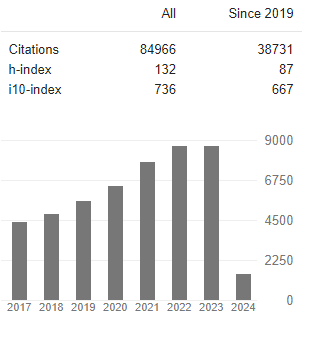Detection of katG and inhA Genes Mutation in Rifampicin-Resistant Mycobacterium Tuberculosis Using Line Probe Assay (LPA) In Kebbi, Nigeria
Abstract
Shuaibu Bala Manga, Yusuf Kanya Danladi, Victor Oluwatosin Olaosebikan, Ayodele Isaac Adedokun, Augustine Chijioke Udefi
Elimination of tuberculosis remains a public health menace, due to multidrug resistant strains of Mycobacterium tuberculosis, that are resistant to the first-line anti-tubercular drugs. Consequently, detection of resistant strains depends on early diagnosis. Intervention of molecular techniques is essential to reduce mortality and morbidity rates. This study aimed to detect katG and inhA gene mutations among rifampicin resistant strain of Mycobacterium tuberculosis in Kebbi State. A cross-sectional study was conducted which covered all the five major health zones in Kebbi State. Two hundred and forty (240) acid fast bacilli con- firmed sputum samples were recruited and subjected to Gene Xpert testing. Positive sputum samples were later subjected to Line Probe Assay technique. 14 sputum samples were resistant to rifampicin out of the 240 confirmed acid fast bacilli sputum samples while 226 were sensitive to rifampicin. Mutations were found at the frequency of 100% for katG gene (katG/S315T) in all the 14 rifampicin resistant samples (rpoB/S531L) at the different health zones in kebbi state using the line probe assay. The research has also detected inhA gene mutation at a frequency of 100% in all rifampicin resistant samples showing that mutation is associated with multi resistance to isoniazid and rifampicin. This study confirms that resistance due to katG and inhA mutation is a better surrogate of multidrug-resistant tuberculosis among TB patients in Kebbi State compared to the single-marker analysis. Hence, early molecular detection of rifampicin resistant strains will suffice in determining the management of multidrug resistant tuber- culosis in Kebbi State.




